Spinel

For hundreds of years, spinel has been confused with ruby. Up until around 1800 it was not possible to mineralogically differentiate spinel from ruby, as spinel also has a very high mineralogical hardness of 8. Indeed, in the middle ages all red gemstones, such as ruby, spinel and garnet, were referred to as carbuncle stones. Some of the world’s most famous “rubies” are actually spinels: the Black Prince’s Ruby in the British Crown Jewels is an example, as is the largest “ruby” in the Imperial Crown of Austria.
Showing 1–16 of 67 results
-
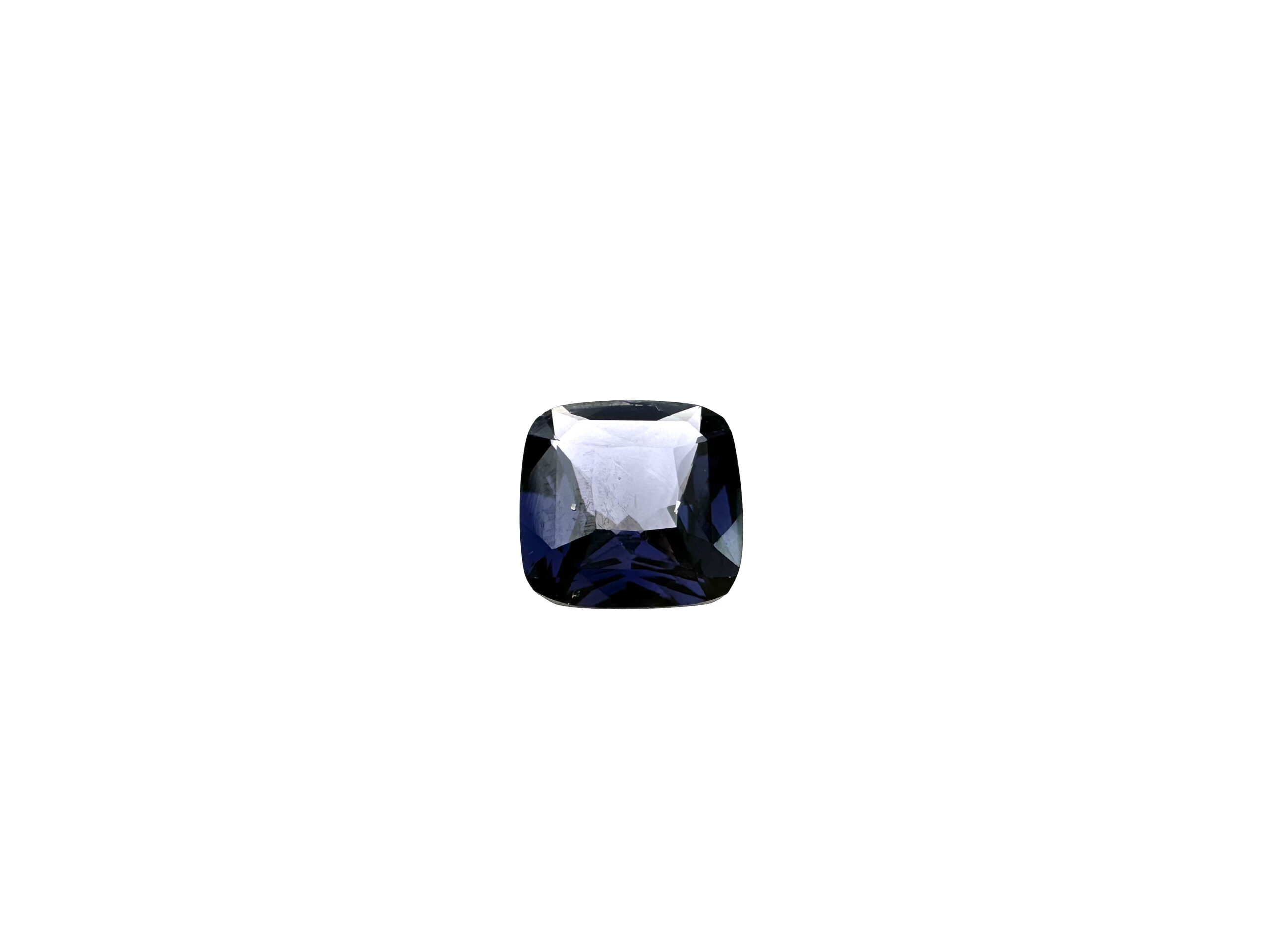
Spinel
S$1,729.302,519 ct. | VI/BGLA -
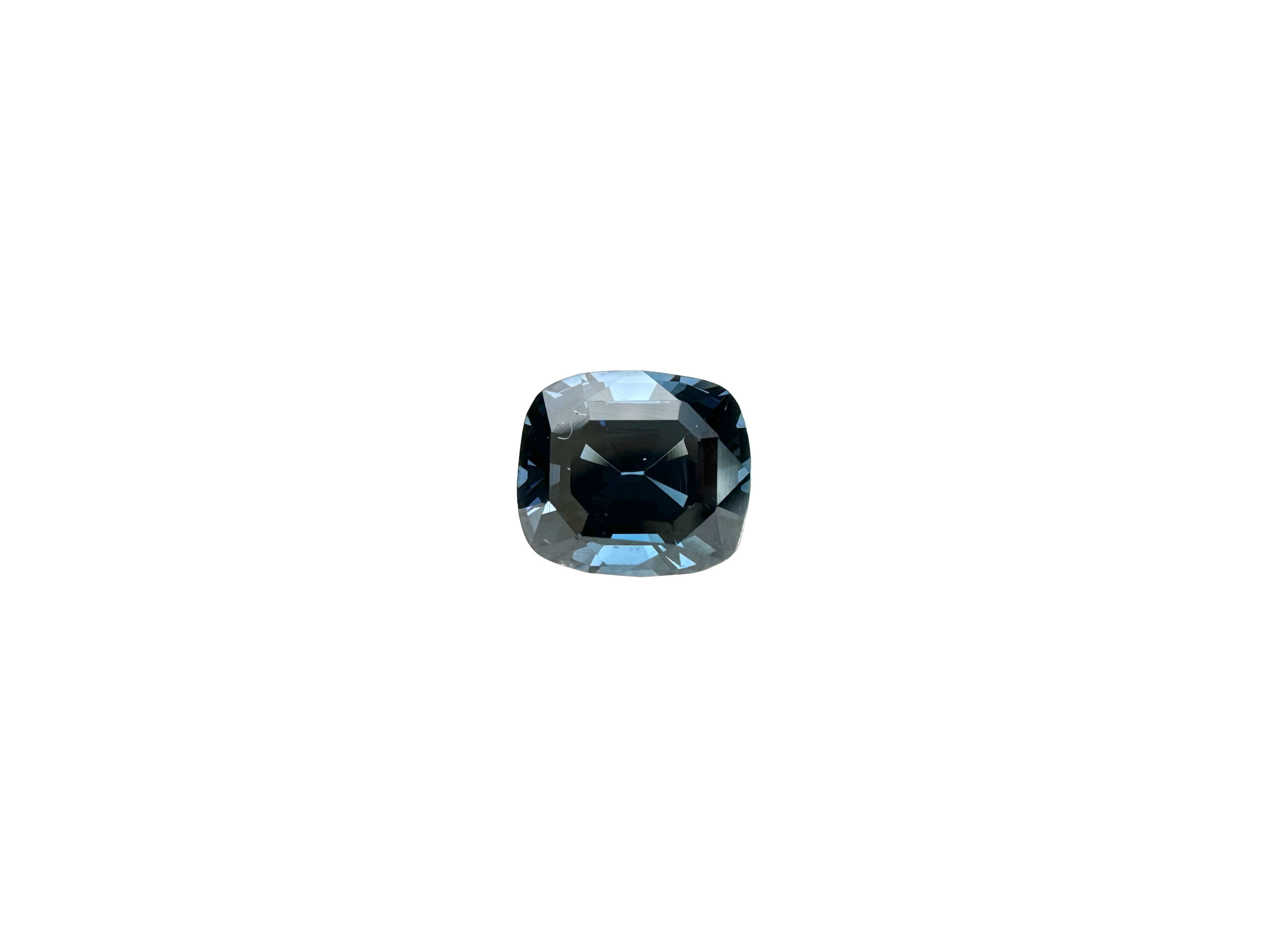
Spinel
S$1,585.192,182 ct. | VI/BGLA -
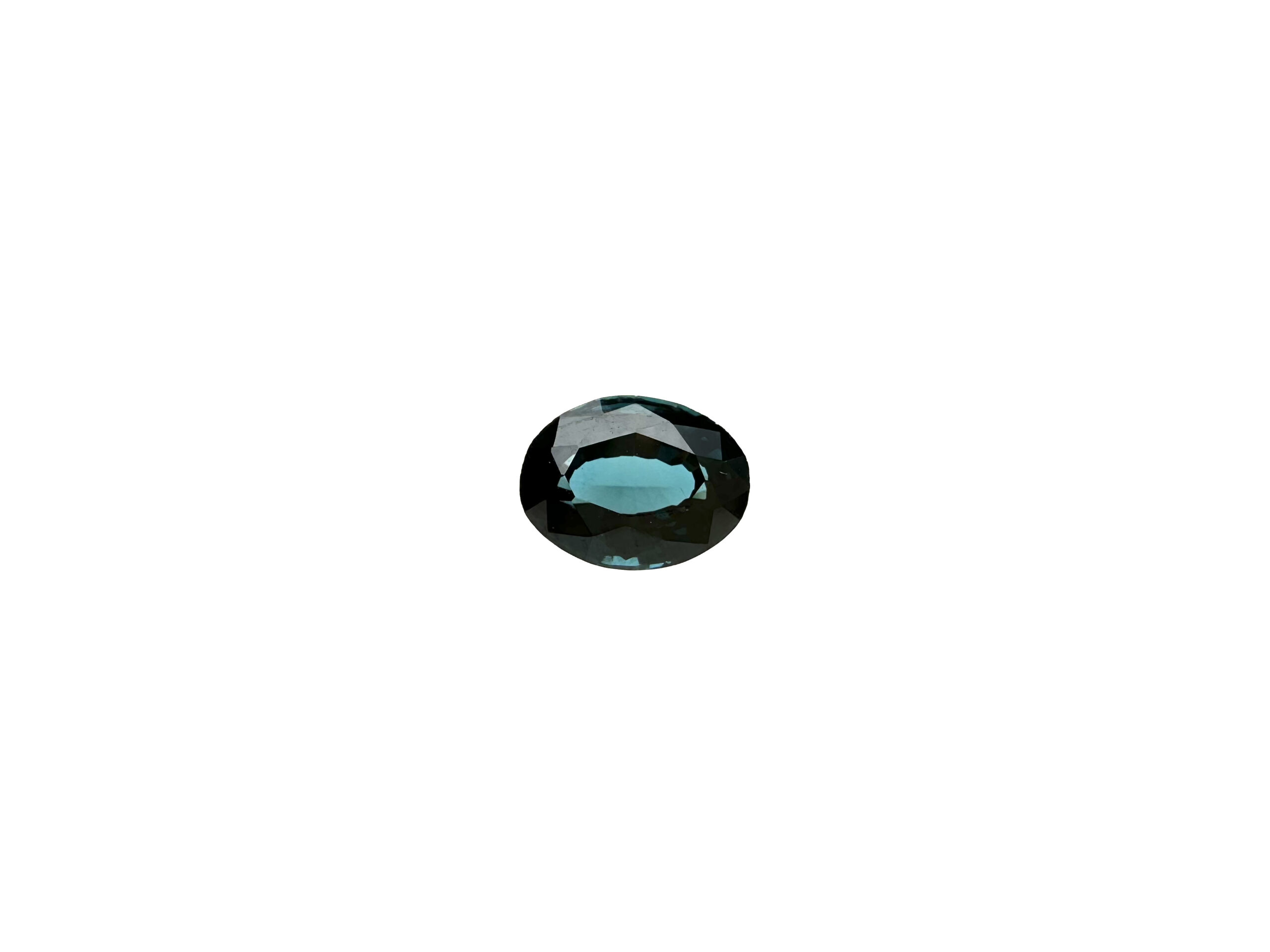
Spinel
S$864.651,469 ct. | VI/BGLA -
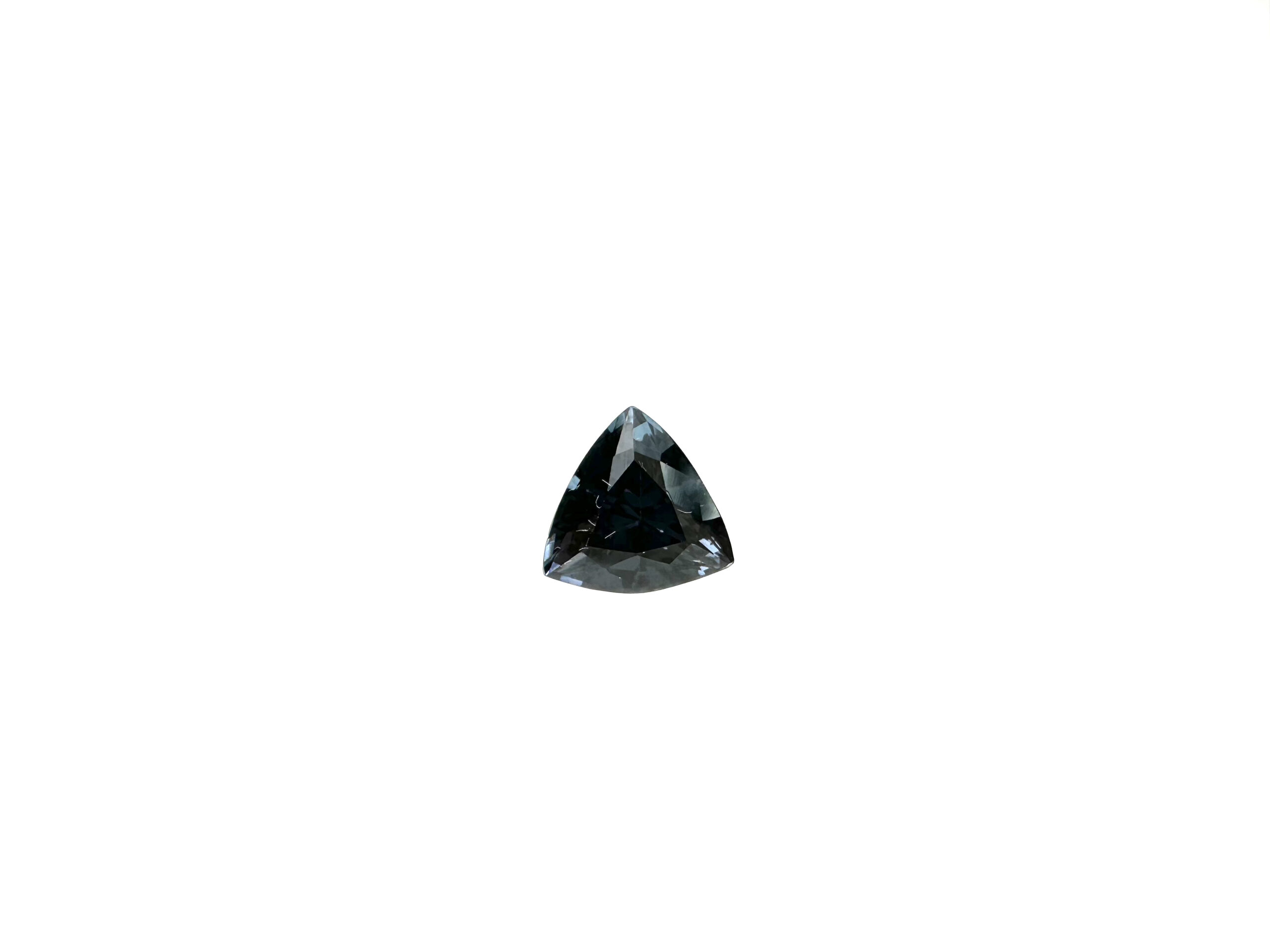
Spinel
S$1,008.761,395 ct. | V/CGLA -

Spinel
S$1,008.761,396 ct. | V/CGLA -
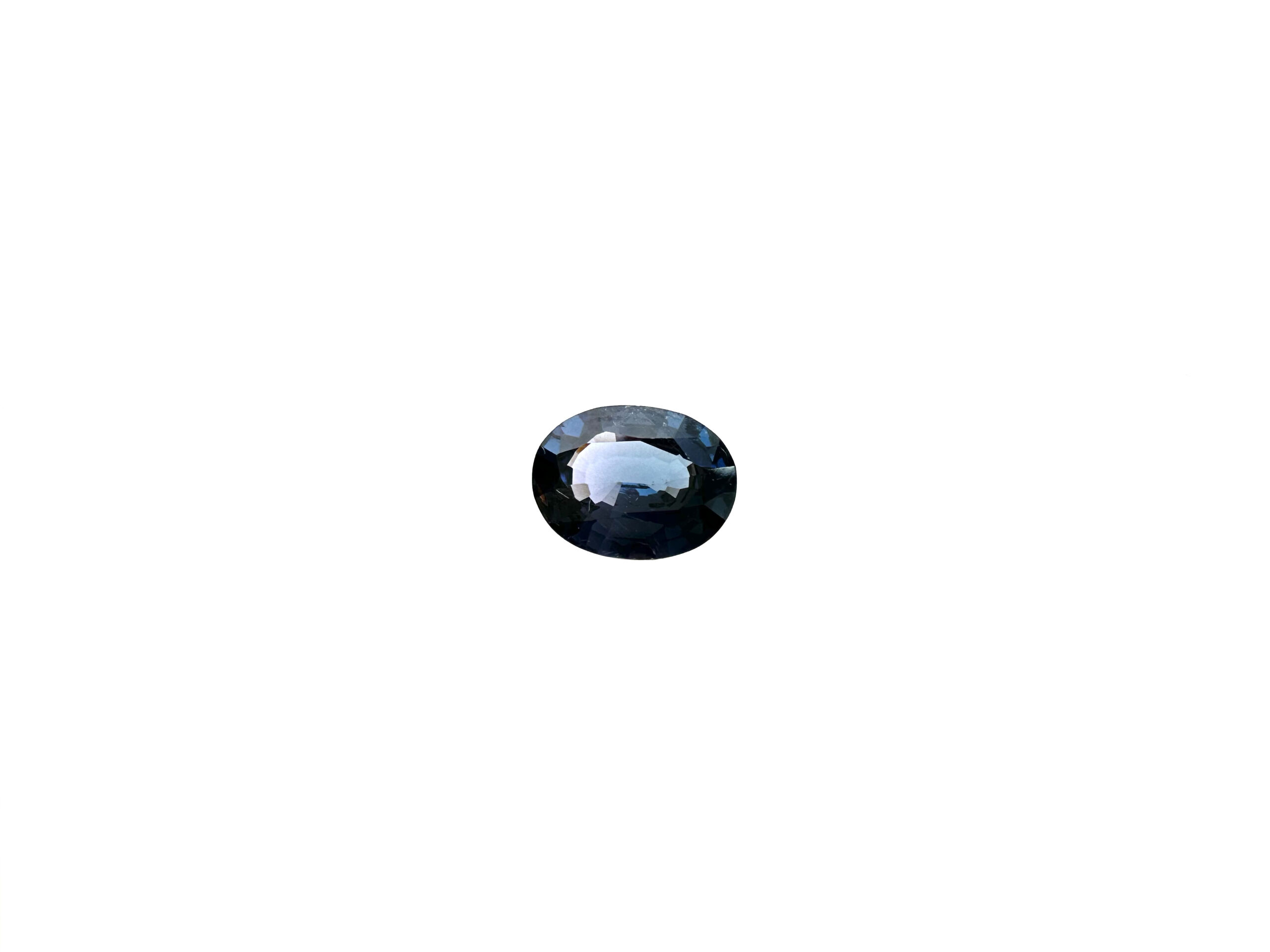
Spinel
S$864.651,232 ct. | V/CGLA -

Spinel
S$864.651,190 ct. | V/CGLA -
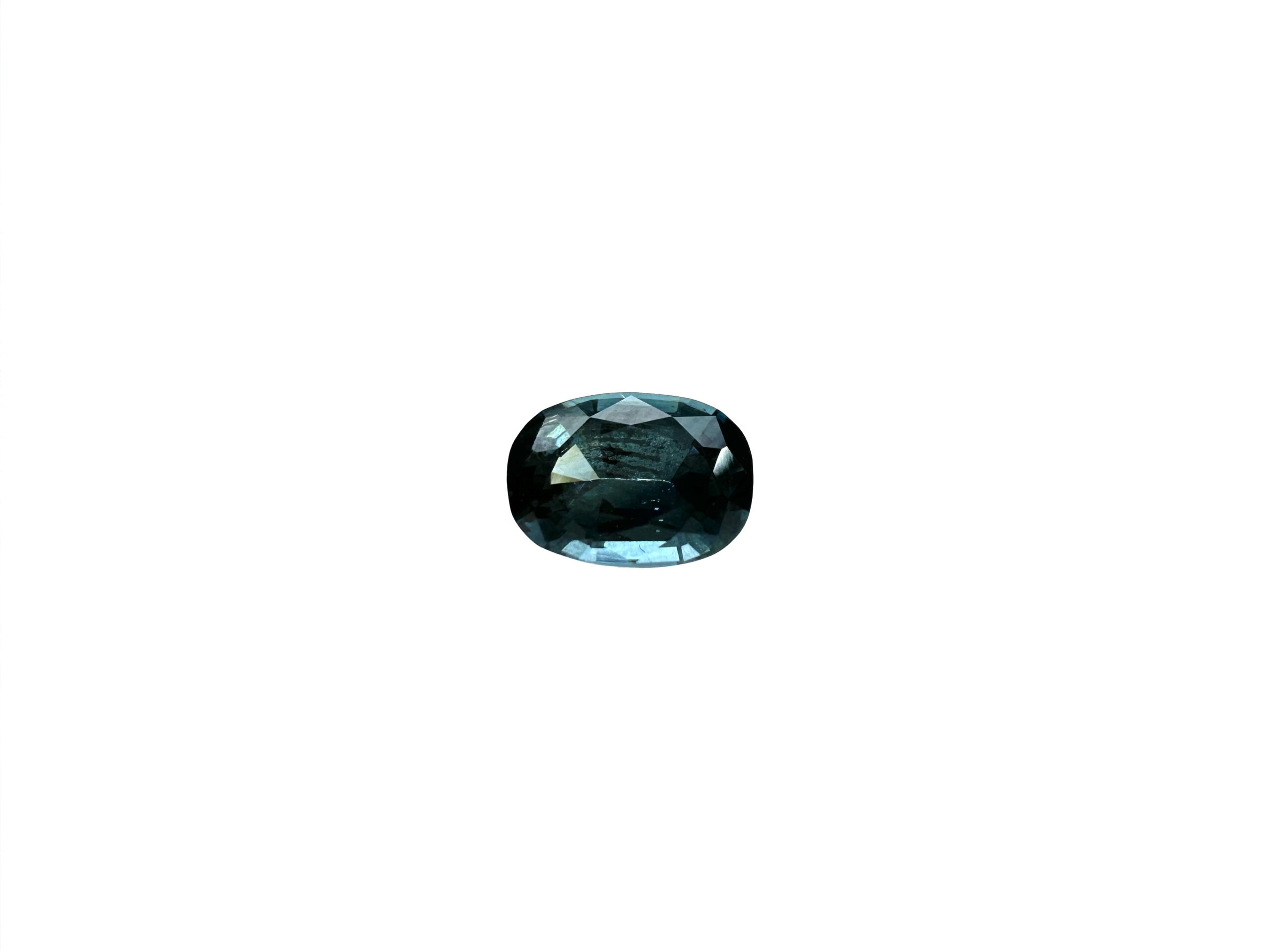
Spinel
S$792.591,192 ct. | V/CGLA -
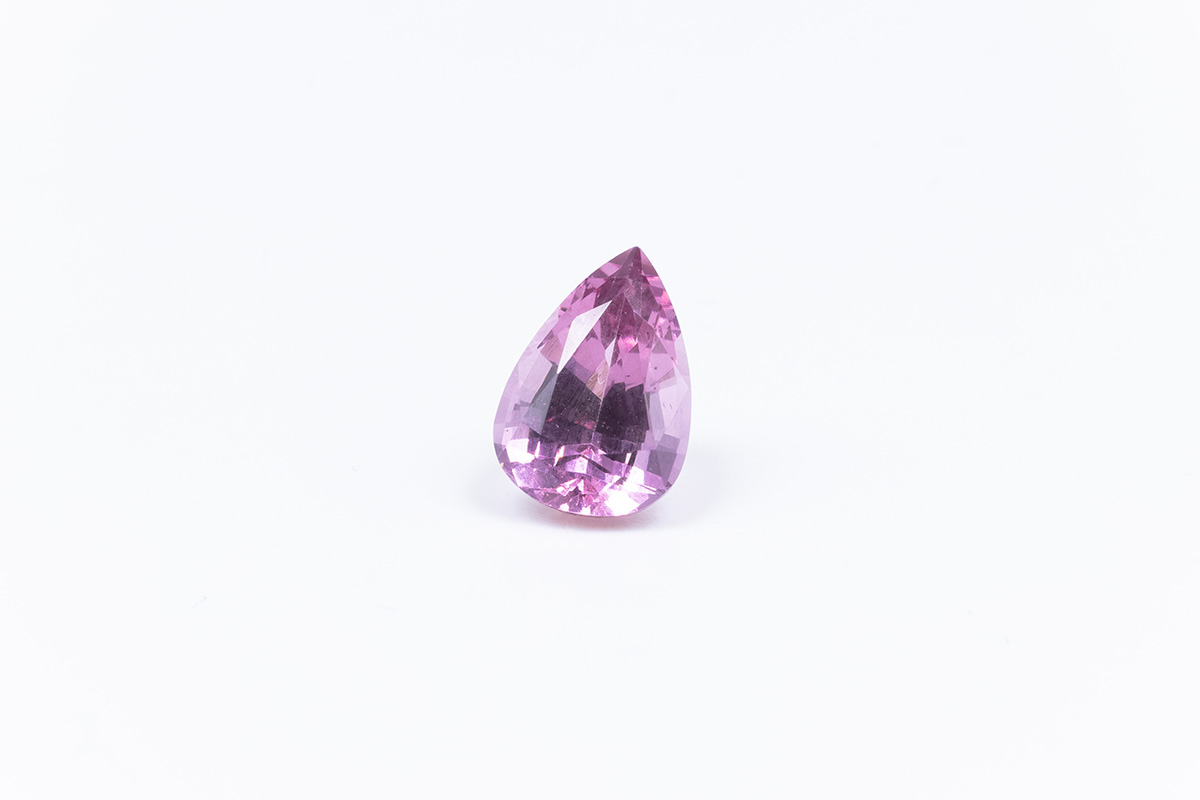
Spinel
S$1,873.411,94 ct. | IV/BGLA -

Spinel
S$3,314.493,059 ct. | V/BGLA -

Spinel
S$2,161.622,921 ct. | V/CGLA -

Spinel
S$1,585.192,205 ct. | IV/DGLA -

Spinel
S$1,441.081,762 ct. | V/BGLA -

Spinel
S$2,017.511,794 ct. | IV/BGLA -

Spinel
S$2,305.732,558 ct. | V/CGLA -

Spinel
S$2,161.622,392 ct. | V/CGLA